The space domain has always required
the most sophisticated technology
humankind could develop to master it.
_____________________________________________________________________
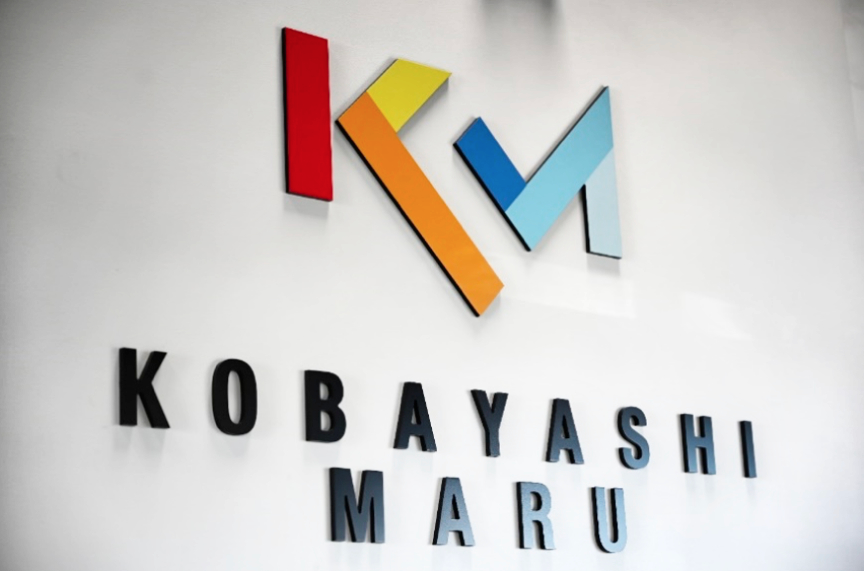
Today, the U.S. Space Force relies on Space C2 to quickly create the software that will help warfighters across all branches of the military do their jobs faster, better and with ever more accuracy — because lives depend on it.
Space C2 is Space Systems Command’s West Coast coding factory for the U.S. Space Force, providing space domain awareness and battle management command-and-control software tools for the USSF, said Colonel Jennifer M. Krolikowski, SSC senior materiel leader for Space C2. Located in El Segundo, at Vandenberg Space Force Base and in Colorado Springs, Space C2 is made up of 35 teams composed of USSF Guardians and software industry professionals.
People also may know Space C2 by its nickname, “Kobayashi Maru,” in a nod to the Star Trek Starfleet Academy training simulation designed to test cadets by putting them in a no-win command scenario. (In “Star Trek II: The Wrath of Khan,” Captain Kirk says he beat the program by secretly reprogramming it so he could win.)
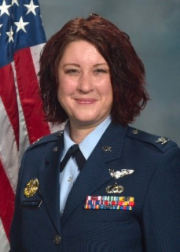
Colonel Jennifer M.
Krolikowski
“It’s one of the tenets we have in Kobayashi Maru: how do you look at the problem differently, how do you find new solutions, how do you actually change the conditions in order to win?” Krolikowski said. “We’re looking for people who want to be innovative, want to solve problems and ultimately get capability out for our users. This is what helps attract the workforce and the type of people we want. When they see that you are truly embracing this type of culture, then it draws people to want to work here.”
Captain Daniel Eichman, USSF, said he had no idea he’d be able to do software development when he joined the military. Even with an undergraduate degree and a master’s degree in computer engineering, he spent his first years working with satellites.
“I was really looking forward to doing some sort of software development, but it’s kind of rare that people in uniform get an opportunity to write code,” Eichman said. “Here, we are the U.S. Space Force’s software factory, and we have a multitude of ways to develop software. We have organic teams — contractors in house and civilian and Air Force people working in teams as project managers and designers and developers — which allows us to provide value in a unique way.”
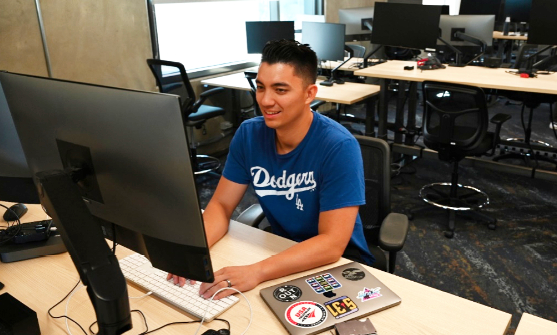
Captain Daniel Eichman USSF, working on an application
at Space C2. U.S. Space Force photo by Staff Sgt.
Andrew Moore.
“Technology is eating the world, and if it’s eating the world, then it’s definitely eating the war,” said 1st Lieutenant Oscar Chacon, USSF, Space Tasking Cycle Portfolio lead. “We have a lot of capabilities at these operations centers that are being run on Microsoft products that weren’t built to handle space workflows, space processes. We need to change that, which is why the applications we’re building help improve those processes so things aren’t as manual — you can start to see the data in a certain way that it wasn’t capable of being seen before,” Chacon said.
He continued, “(Our software) allows the operators to spend less time manually inputting certain data, and more time making strategic decisions in their day-to-day process.” One Space C2 application took a process that would have ordinarily taken four hours to complete — manually, by one person — and turned it into an automated process that uses fresh data, can be accessed by anyone on the team and completed in 15 minutes, Krolikowski said.
“We’re challenging the traditional acquisition process in delivering software,” Chacon said. “By questioning it, we’re making sure that our operators who are receiving these applications are at the forefront of the development process. We’re emphasizing User Centered Design (UCD) which means we interview the operators as we’re developing, showing them prototypes, allowing them to see and provide feedback on the application that they’ll be receiving, which is the first time we’re doing that as a software acquisition community.”
About three years ago, Space C2 moved from a traditional “waterfall” software development methodology — software is designed in a linear series of phases — to an Agile one, which breaks up software design into iterations and “sprints,” allowing changes to be made at multiple points in a project.
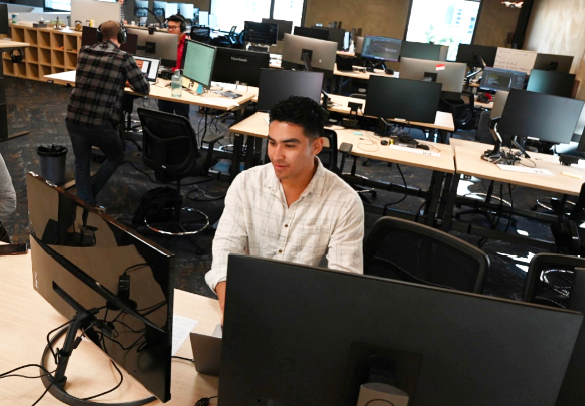
1st. Lieutenant Oscar Chacon USSF, space tasking cycle
portfolio lead at Space C2. U.S. Space Force photo by
Staff Sgt. Andrew Moore
“In many cases, people would design software for two or three years, thinking they understood what was needed – they’d have a capabilities document that they’d get from the requirements community, and that was thrown over the fence to the acquisition community, and then the acquisition community would have to try and interpret it, and see if they could translate it back to a contractor,” Krolikowski said. “Then the contractor would work on it, and then you throw it over the fence to the users and hope that everyone was happy with the whole process.”
Using an Agile process allows feedback from the end users throughout the project, and results in software deployed in the field in a much faster timeframe and in an end version that truly meets the needs of the warfighters, she said. “We’ve had 11 different applications delivered to the field in under three years — versus something like JMS (Joint Mission System), our predecessor, that had one application delivered after eight years,” Krolikowski said.
“A lot of the people who work here get super- excited because they actually see the effects of their work,” Krolikowski said. “The initial minimum viable capability can be done in 180 days — six months from when the team scales up and gets their first outcome definition, and they do the discovery and framing with the users to when there’s software in their hands that’s been operationally accepted. And that drives a lot of the passion and satisfaction in my workforce.
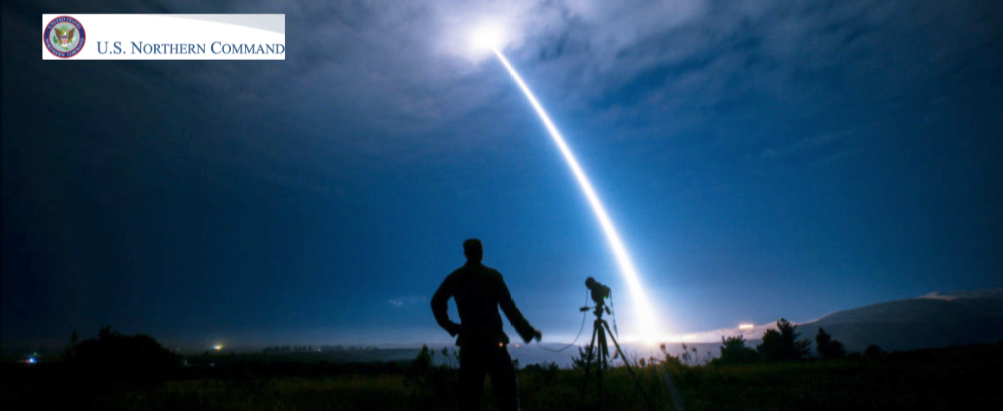
“The way we end up doing it now, it’s more about outcomes and what is it that the user is really trying to do in their daily lives? What are their workflows? How can we help optimize them? When we focus on that, and take small chunks and say, ‘Here, I automated this for you,’ then they can say, ‘Yes, that’s great,’ or ‘No, that doesn’t fit my needs; can you tweak it?’”
“Our mission here at Kobayashi Maru is to deliver software that operators love,” Chacon said. “That ‘love’ piece sounds atypical of the military, to hear a mission statement say ‘love’ — but we truly do mean it because we keep the operator at the front of our minds when we’re doing everything, and I think that’s a big part of why people really enjoy being here.”
But using an Agile methodology doesn’t mean Space C2 doesn’t have an over-arching vision or end state, Krolikowski said. “We still have to provide space domain awareness and battle management command- and-control,” the colonel said. “We still know the specific elements of an architecture that help enable that, and we’re very deliberate on those processes to make sure things are tested and cyber-secure. But we allow flexibility to be there at the lower level to evolve how the mission is conducted, optimized or automated in order to go after what the users truly need.”
All of this reflects the fact that the space domain has changed dramatically from a largely peaceful and benign one to a much more congested and contested realm, with companies launching large constellations of satellites such as SpaceX’s Starlink and threats from adversaries such as China and Russia, Krolikowski said. There also are services and pieces of Space C2’s architecture that can extend to other mission threats, including cyber operations, Krolikowski said. Space C2 also has worked with other partners, including NORTHCOM and the Department of the Air Force.
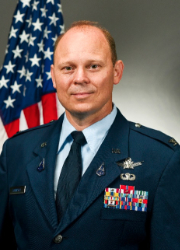
Colonel Wallace
“Rhett” Turnbull III 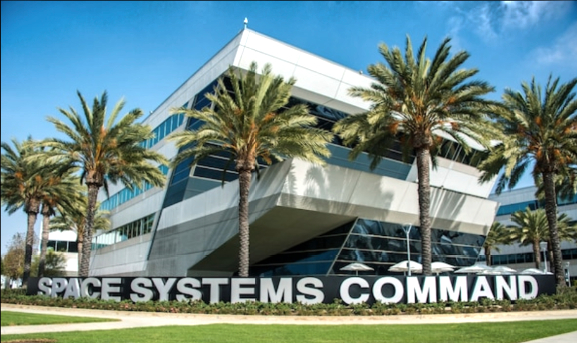
“The threat against the space capabilities our nation depends upon are real and growing,” said Colonel Wallace “Rhett” Turnbull III, Director, Cross Mission Ground and Communications Enterprise at SSC. “The Agile approach we’ve taken with the Space C2 program postures the USSF to compete, deter, and win against a growing threat.
“We’re rapidly delivering applications to solve our Guardians’ near term pain points while also building more complex command and control capabilities all while remaining nimble enough to pivot quickly to changes in the threat environment,” Turnbull said. “This combination of Guardian and Airmen coders and industry partnership is allowing us to deliver more quickly than ever before!”

